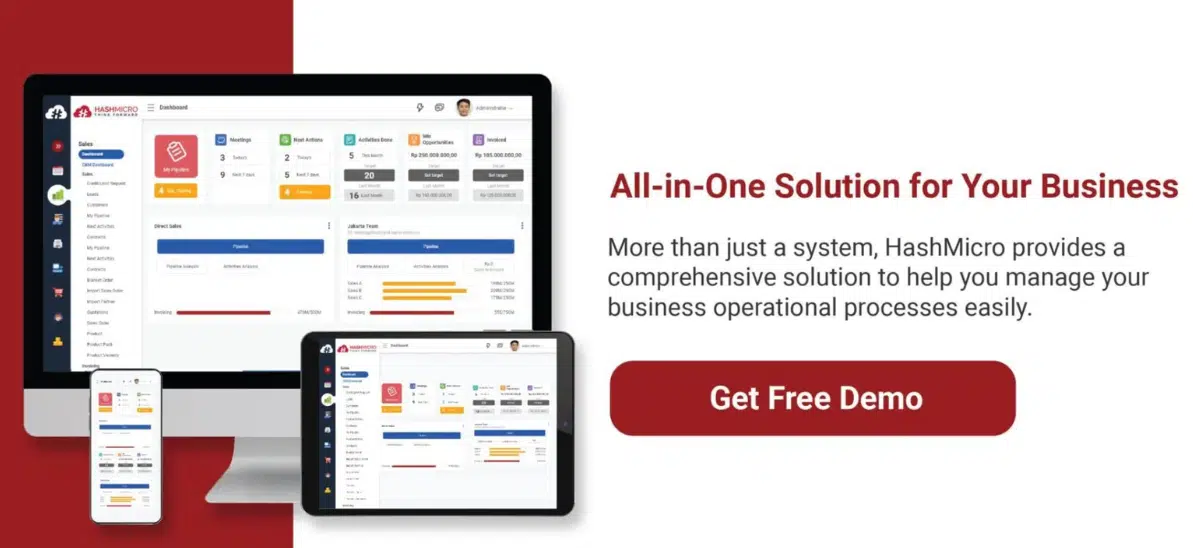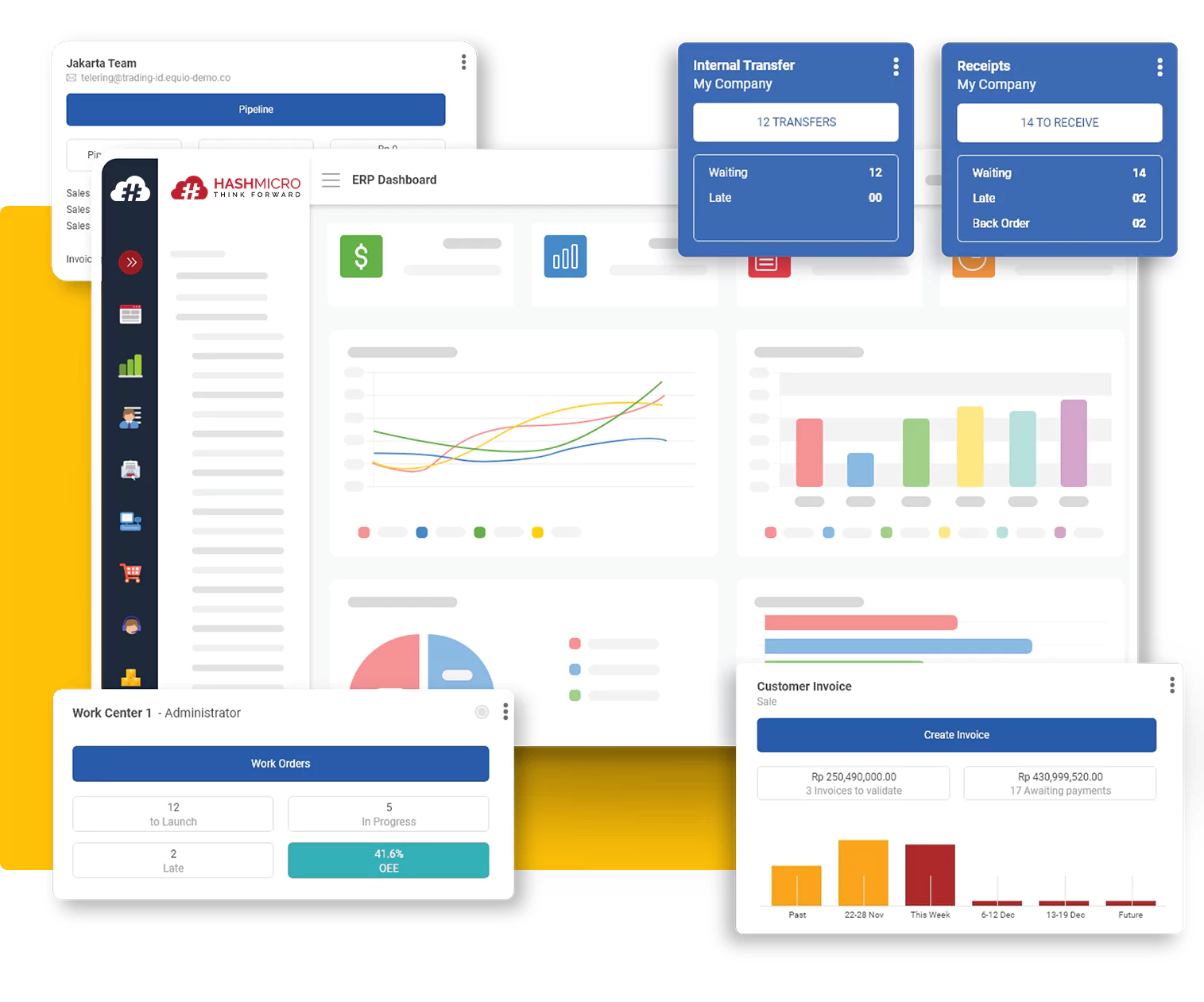Digital adoption is the process of integrating new technology into business operations to maximize productivity and output. The new technology could be either software or hardware that elevates existing workflows.
However, it is easier said than done.
Companies have to stay abreast of the latest innovations in their industry and bring in the changes iteratively. At the same time, it is crucial to communicate those changes across the organization and among the stakeholders.
Finally, it is also essential to measure the impact of digital adoption to ensure the modifications in the tech stack are headed in the right direction.
In this article, let’s look at five effective ways businesses and enterprises can prepare themselves for such a change and make the most of innovative technologies in 2025.
Table of Content:
Table of Content
1. Build Agile Processes
Large organizations, typically, are set in their legacy processes and procedures to ensure uniformity across departments. While it can be advantageous, outdated workflows are resistant to changes, especially upgrades.
The first step in preparing the company for digital adoption is to make those processes agile, making them responsive to evolving market conditions.
Agile processes are adaptive workflows that focus on the output rather than the process itself. It empowers teams to iterate their procedures collaboratively to ensure they are optimized to deliver quality results efficiently.
Teams can begin by mapping their existing workflows and measuring the performance at each stage. The parameters can be as simple as the time taken to move from one phase to another in a particular workflow and client or customer satisfaction scores.
This data-backed approach will uncover areas of improvement that will enhance decision-making in other aspects too.
For instance, agile processes quickly consider the market conditions while determining the price of goods and services. Fast price optimization is crucial as things like competitor strategies, customer behavior, and inventory levels can change rapidly.
Enterprises can bring agility into various operations, such as customer service, product development, and supply chain management. This will allow teams to respond to customer feedback quickly, improve their offerings over time, and maintain healthy inventory levels without breaking the budget.
Apart from preparing the organization for efficient digital adoption, agile processes also encourage continuous experimentation where failure is seen as a step forward. Consequently, it decreases the resistance to change, streamlining technological transformation.
2. Leverage AI and ML Technologies
Businesses often grapple with extensive administrative tasks, such as data entry, process management, and information sharing. These tasks require a keen eye for detail but are repetitive and time-consuming.
Consequently, teams are kept away from strategic initiatives, which can slow down operations and overall growth.
Fortunately, artificial intelligence (AI) and machine learning (ML) solutions can take over these ‘boring’ action items through smart automation.
AI-powered tools can help with scheduling meetings, responding to basic queries, and data analysis. Meanwhile, ML technologies can build predictive models on custom data to offer actionable insights to optimize processes.
Popular software in this space, such as ChatGPT and Notebook LM, are already aiding companies with various intensive tasks such as content creation, report generation, data visualization, and even hiring new employees.
Even critical processes such as employee experience can be overloaded reliably to AI. Workplace AI search, for instance, will allow employees to find enterprise-wide information using AI copilots and generate personalized, accurate results while ensuring the organization’s security and privacy are maintained.
These solutions are quite affordable, easy to use, and integrate well into existing workflows.
With time, if viable, companies can certainly build their custom models to streamline operations further. This is key for establishing an authoritative voice within the industry and boosting stakeholder confidence in the future of the company.
To put it concisely, AI and ML technologies transform corporations and enterprises by automating repetitive tasks and ensuring scalability for the future. Besides, they provide a competitive advantage that is pivotal in today’s automation-driven world.
3. Implement Advanced Cybersecurity Measures
Cloud-based systems, remote access tools, and interconnected platforms, as mentioned above, add to agility, preparing teams and companies for digital transformation. At the same time, they create more access points, introducing vulnerabilities.
It is crucial to tackle these challenges head-on through a strong framework for data safety and security. This is essential to protect the sensitive information of both the organization and various stakeholders, remain compliant, and avoid legal penalties or reputational damage.
Teams can begin by implementing robust and comprehensive cybersecurity solutions by identifying areas of improvement. Methods such as vulnerability assessments, penetration testing, and compliance reviews can help uncover poorly guarded entry points.
Another key step in this direction is adopting a zero-trust architecture. The approach ensures that all users and devices are authenticated and authorized. Moreover, zero trust gives team members only the necessary permissions required to complete relevant action items.
Multi-factor Authentication (MFA) can help establish the zero-trust protocol, especially in complex digital ecosystems.
The final thing enterprises and organizations can do to protect themselves is to include safety procedures right within workflows. If the standard operating procedures (SOPs) or checklists already include these security steps, the overall process becomes safe.
A strong digital infrastructure allows teams and departments to freely experiment with innovative technologies and solutions. This ensures that the workflows always run on the best software, facilitating effective digital adoption of modern tools.
4. Leverage ERP Software to Streamline Operations
Enterprise Resource Planning (ERP) software is a cornerstone of digital adoption for modern businesses. By integrating and automating core business processes—such as accounting, inventory management, human resources, and customer relationship management—ERP systems eliminate inefficiencies and enhance operational visibility.
Adopting an ERP solution in 2025 is more crucial than ever, as businesses must stay agile in a rapidly evolving digital landscape. Cloud-based ERP systems, HashMicro for example, offer scalability and accessibility, enabling your team to collaborate and access real-time data from anywhere. This not only supports seamless decision-making but also ensures your business can respond swiftly to market demands.
By choosing an ERP system tailored to your industry and business size, you can ensure a smoother transition to digital operations while laying the foundation for long-term growth and innovation.
Investing in ERP software is not just a step toward digital adoption—it’s a commitment to future-proofing your business against evolving technological and market challenges.
5. Invest in Employee Upskilling
Employees are the foundation of any digital adoption strategy, as they will directly leverage that technology to run workflows and complete action items. The efficacy of any technological transformation in an organization depends on how trained the employees are.
Training existing professionals within the company is important to ensure they have the right know-how to extract the maximum from innovative solutions.
Identify skill gaps of each employee, whether it lies in using new technologies, interpreting data, collaborating in real-time, or being agile. This will help companies develop personalized training programs that are short and hit the mark.
A great way to facilitate knowledge sharing within the organization is through a centralized knowledge base. Experienced team members can write guides, create playbooks, and produce videos for others to consume at their own pace.
Additionally, businesses can organize hands-on workshops and live mentoring sessions periodically to bridge knowledge gaps further. This is crucial for minimizing change resistance, as people are more likely to embrace new tools when they see the value firsthand.
Upskilling employees leads to quicker digital adoption, as enterprises or large organizations won’t have to spend weeks or months onboarding new employees. Moreover, giving employees room to grow boosts loyalty and long-term retention, allowing you to make the most of the new technologies.
Beyond digital adoption, training existing professionals builds organizational resilience. Team members will be comfortable with learning novel technologies and solutions and adopting them immediately in their daily operations.
Wrapping Up
Dynamic market conditions and emerging competitors in various industries make digital adoption and technological transformation crucial. Organizations must leverage the latest solutions available to maximize efficiency.
Larger businesses like MNCs and enterprises can struggle with this due to the scale and complexity of technological change. However, they can achieve seamless digital adoption by preparing themselves first.
Teams can begin by building agile processes that increase responsiveness to evolving customer (or client) needs and competitor strategies. Then, they can gradually migrate from traditional on-premise solutions to cloud-based ERP software alternatives for scalability, accessibility, and reliability.
After building adaptive processes and integrating cloud-based ERP, the next focus should be on developing secure technological foundations. Companies need to invest in advanced cybersecurity measures to minimize vulnerabilities and remain compliant.
The next step toward getting prepared for digital adoption is leveraging AI and ML technologies to automate repetitive tasks and assist human workers in complex action items.
Finally, organizations must upskill their existing workforce to build company-wide resilience and foster a culture of continuous learning.
Conclusion
Digital adoption is no longer a choice but a necessity for businesses aiming to thrive in 2025 and beyond. By embracing agile processes, investing in ERP systems, strengthening cybersecurity, leveraging AI and ML technologies, and upskilling employees, organizations can position themselves for sustainable growth and innovation.
To simplify your journey toward digital adoption, consider HashMicro ERP software—a comprehensive solution designed to integrate and automate your core business processes. HashMicro’s cloud-based ERP system ensures scalability, operational efficiency, and real-time data access to empower your team for future challenges.
Experience the benefits of digital transformation today! Request a free demo of HashMicro ERP software and discover how it can revolutionize your business operations.





































